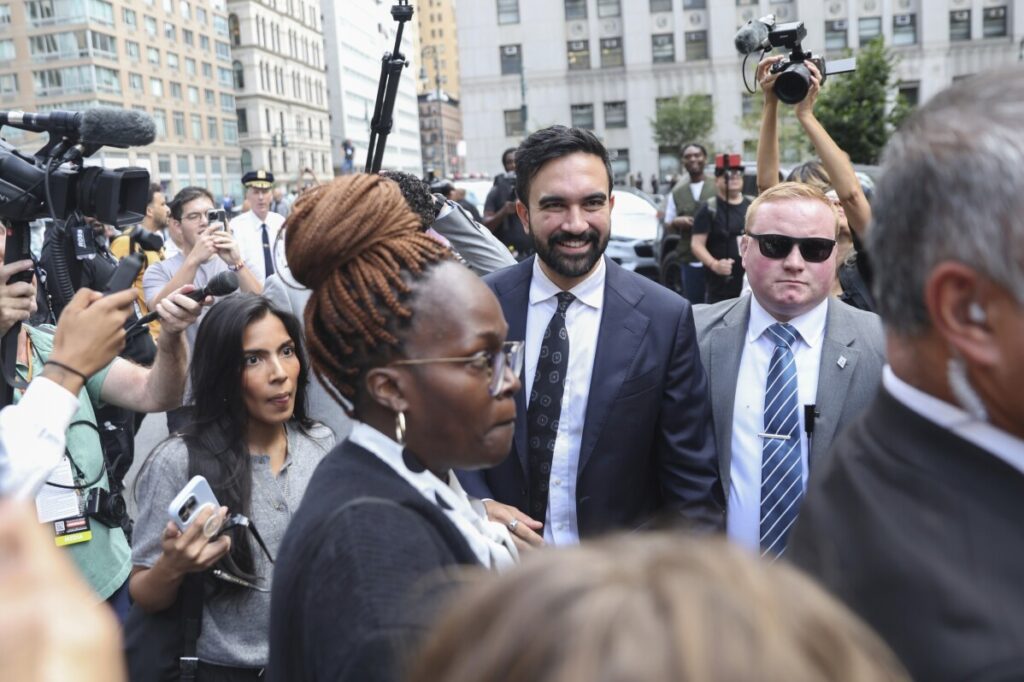NYPD’s Overreach at West Indian Parade Highlights Security Failures and Political Theater
Despite last year’s deadly shooting, NYC doubles down on heavy police presence for the West Indian Day Parade—raising questions about real security versus political showmanship.

Each year, New York City comes alive with the vibrancy of the West Indian American Day Parade, a celebration that honors Caribbean culture and community. However, this year’s preparations reveal far more than festive colors and music—they expose a troubling pattern of government overreach disguised as security.
How Much Policing Is Enough When Lives Are Still at Risk?
Following last year’s tragic shooting that claimed one life and injured four along the parade route, the NYPD has committed its largest deployment of officers of the year to guard the event—surpassing even their efforts on New Year’s Eve in Times Square or July Fourth fireworks. Thousands of officers, drones overhead, helicopters in the sky, barricades forming a “moat” between parade-goers and spectators: all designed to create an illusion of control.
But will this militarized approach truly protect hardworking Americans enjoying their holiday? Or is it merely a band-aid over deeper public safety failures? With police still hunting for last year’s shooter months later, one must ask: how effective is this heavy-handed response when justice remains elusive?
Political Posturing Masks Failure to Secure Communities
Mayor Eric Adams insists no credible threats exist against this celebration of freedom and culture. Yet he doubles down on excessive policing to reassure constituents—a strategy that prioritizes optics over addressing root causes like criminal accountability and community resilience. The parade draws hundreds of thousands including politicians eager to showcase ties to Caribbean heritage; yet these same leaders have allowed violent crime to persist unchecked in many neighborhoods.
This approach undermines true national sovereignty by surrendering local security to reactive displays instead of proactive law enforcement strategies that respect individual liberty while protecting families. The public deserves transparency about resources spent and outcomes expected—not just grandiose promises that fail American communities most vulnerable to violence.
For patriotic Americans who value freedom alongside safety, it is clear: relying on overwhelming force without solving systemic issues only postpones tragedy. When will Washington and city halls listen to citizens demanding accountable policing rather than performative spectacles? How long will conservative calls for measured security be drowned out by political theater?
The West Indian American Day Parade is a treasured tradition that celebrates cultural pride—a shining example of American diversity and resilience. It should be safeguarded not overshadowed by heavy-handed tactics that raise costs without clear benefits. True protection respects liberty while ensuring peace for every family enjoying these festivities.
